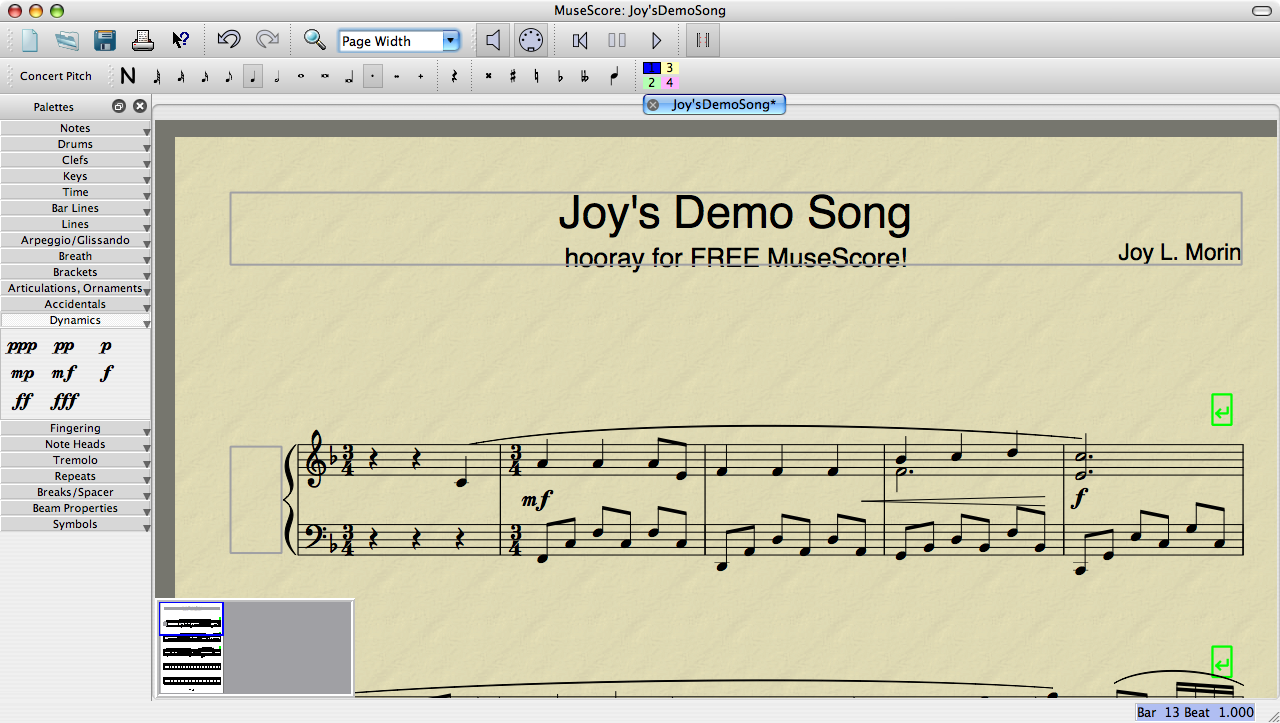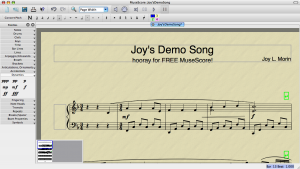Although many of us teachers are no longer in college, I think it’s safe to say that we all want to stay connected with other teachers/musicians and continue to improve and grow both as teachers and musicians. Here are six ways to do just that:
- Stay in touch with any previous teachers or professors you may have had in the past. Email is a great means to do so, as well as Facebook (it’s not just for the young folks anymore!). Ask questions or ask for suggestions, and exchange teaching ideas. You can never have too many resources. It’s important to keep past contacts fresh.
- Join a formal organization such as MTNA or Piano Guild. By attending meetings and entering students in their events, you will invariably meet new fellow teachers and make new friends. In addition, by attending lectures, you will be furthering your education as a teacher/musician.
- Join forces with fellow piano teachers in your area and hold a summer piano camp or a Christmas Party/Recital together. Be sure to keep it fun and non-competitive, and never try to “steal” students from another teacher.
- Subscribe to blogs of other piano teachers. There are thousands of other teachers out there just like you, with ideas and resources to share with you. The internet holds a wealth of information just waiting to be found. Once you find a few sites you’d like to regularly follow, subscribe to their sites via email (you’ll receive an email each day that they post new content) or via a feed reader. A feed reader is a free service that allows you to read the latest content of all your favorite blogs all in one place.
- Start your own blog (separate from your studio website). Share your ideas and expertise with other teachers by posting articles about various topics and putting up any worksheets or other materials you have made in the past. Both Blogger.com and WordPress.com allow you to make and maintain a blog for free. (If you want your own domain name, you will have to buy one, however.)
- Participate in online forums. There are a number of sites that have forums, such as the Piano Club Forum on the Fabers’ pianoteaching.com website. In addition, you can join a Yahoo group such as piano_teacher_support and talk with other piano teachers about any topic under the sun.
Do you have other ways you stay connected? Let us know by sharing below!



